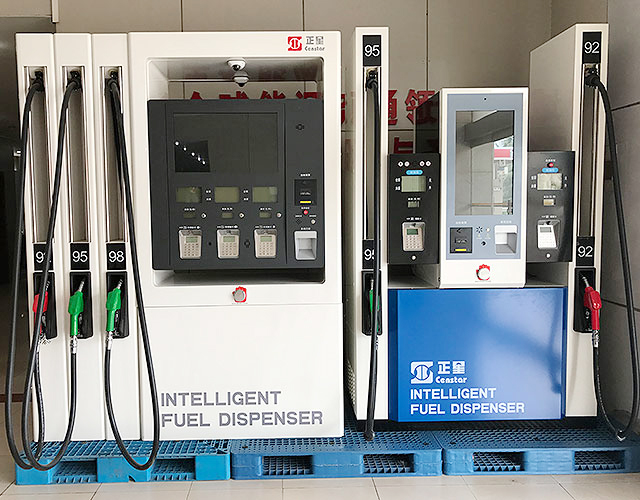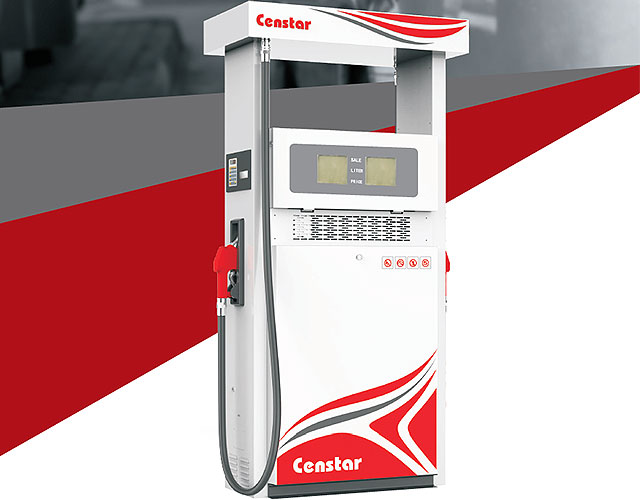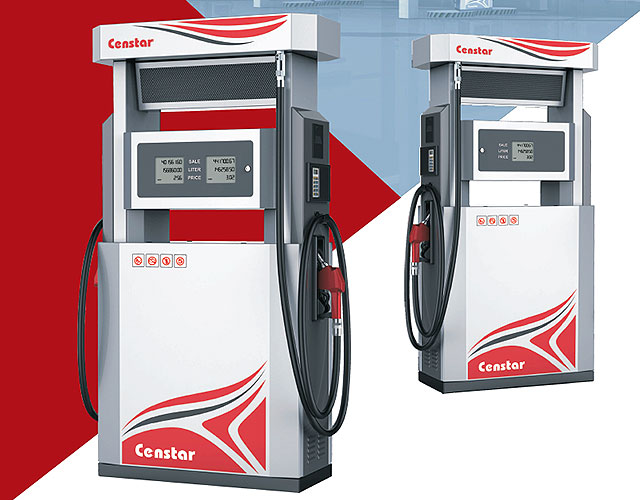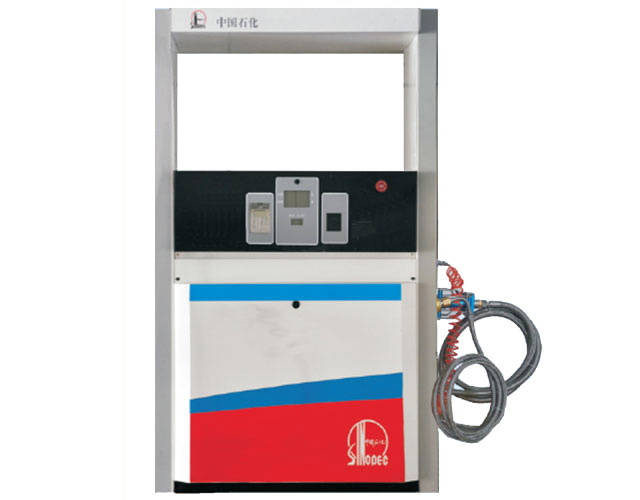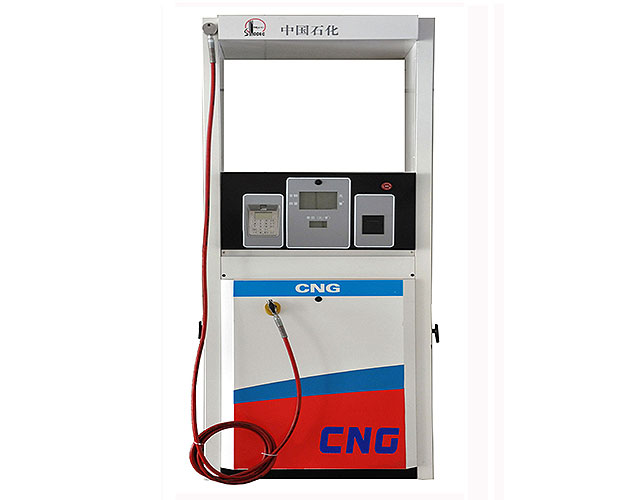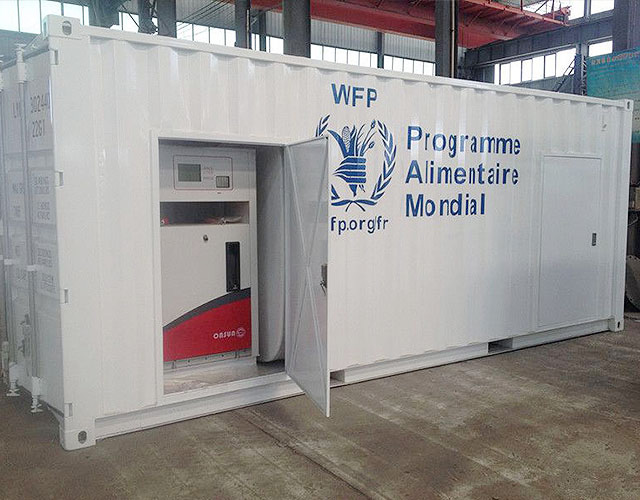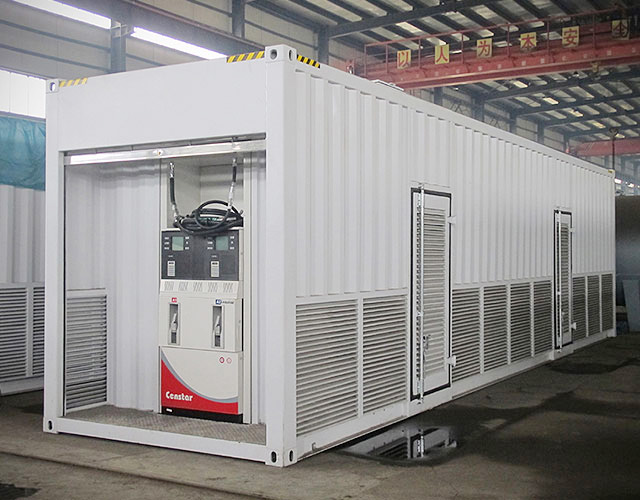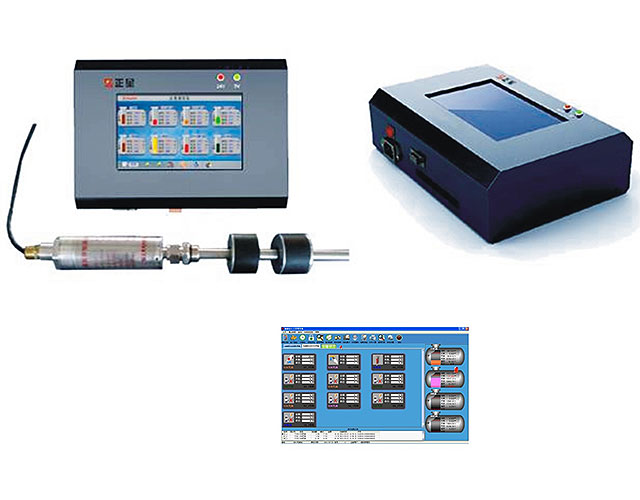fuel dispenser safety requirement

Oregon Department of Agriculture: Motor Fuel Sign and
A gasoline dispenser is required to have a yellow label for each grade of gasoline sold clearly displaying its Anti Knock Index as required by Federal Trade Commission regulations and Oregon Administrative Rules (OAR 603 027 0430 (2)(a)). The octane posting requirement for gasoline is found in 16

NFPA 30A: Code for Motor Fuel Dispensing Facilities and
1.1* Scope. A.1.1 This code is recommended for use as the basis for legal regulations. Its provisions are intended to reduce the hazards of motor fuels to a degree consistent with reasonable public safety, without undue interference with public convenience and necessity. Thus, compliance with this code does not eliminate all hazards in the use of these fuels.

SHELL HELPS WITH GASOLINE SAFETY
2 Shell Helps with Gasoline Safety THE BASICS THE SAFETY BASICS With the popularity of self serve gasoline sites, we may be getting just a bit casual about refueling our vehicles. We may have forgotten how important the job of refueling is. We forget that gasoline is a potentially dangerous product if not handled properly: Fueling our vehi

A Field Guide to Fuel Handling, Transportation & Storage
A Field Guide to Fuel Handling, Transportation & Storage 3rd Edition, February 2002 Ministry of Water, Land q Use an electric fuel pump when dispensing from a drum. When an electric fuel pump is not available or not TDG training is not required when the total fuel capacity of all the containers on the vehicle is = 2000 L. (TDG )

Retail Gasoline Dispensing Safety Act and Regulations
N.J.S.A. 34:3A 4 et seq. RETAIL GASOLINE DISPENSING SAFETY 34:3A 4. Findings, declarations The Legislature finds and declares that: a. Because of the fire hazards directly associated with dispensing fuel, it is in the public interest that gasoline station operators have the control needed over that activity to ensure compliance with appropriate safety procedures, including turning off vehicle

Technical Training & Documentation Censtar
North America Technical Training Gilbarco provides a wide range of expert resources to ensure outstanding field support for you. We have an extensive offering of classes, certified trainers, and video and traditional documentation.

California Code of Regulations, Title 8, Section 2540.7
Motor Fuel Dispensing Facilities. That portion of a property where motor fuels are stored and dispensed from fixed equipment into the fuel tanks of motor vehicles or marine craft or into approved containers, including all equipment used in connection with it.

Chapter 4: Aboveground Storage Tanks and Containers
to fuel or defuel aircraft, tanks, motor vehicles, etc. This definition is not intended to include mobile or portable containers that are not involved in fueling activities. Mobile refuelers are exempt from the specific secondary containment requirements to contain the capacity of the largest compartment or container. Instead, the general

Disconnect The Neutral Too? Electrical Contractor Magazine
An electrical contractor recently requested information about the required emergency disconnects for a motor fuel dispensing facility. The questions related to whether the emergency power off (EPO) had to disconnect the neutral (usually the grounded conductor) in addition to all the circuit conductors feeding the dispensers and fuel pumps. Some inspection agencies require the EPO to disconnect

Vehicle and Equipment Re fueling Safe Practices and
Vehicle and Equipment Re fueling Safe Practices and Pollution Prevention Protocols Overfills, spills, and leaks that occur during vehicle and equipment re fueling at the of the fuel dispensers per National Safety Council guidelines and National Fire Protection Association Code 30A (the fuel dispensing code). information is required

Code Requirements on Aboveground Storage Tanks
Code Requirements on Aboveground Storage Tanks Dispensing Fuels At Motor Vehicle Fuel Dispensing Stations What follows is a detailed chart developed by Steel Tank Institute’s executive vice President, Wayne Geyer, P.E. Fire codes play a prominent

Petrol Stations Health and Safety Authority
Fuel and oil spillages on the forecourt can present a slipping hazard: Supplies of industrial salt mixed with fine gravel should be kept and spread on the forecourt during icy conditions and also used promptly to absorb and clean up any fuel or oil spill. Staff should be trained on how to deal with minor fuel spillages Electricity: Control Measures

MSHA Compliance Guide for MSHA's Regulations on Diesel
Compliance Guide for MSHA's Regulations on Diesel Powered Equipment Used in Undergound Coal Mines all non self propelled diesel fuel transportation units with electrical components for dispensing fuel that are connected to a source of electrical power must be protected by a fire suppression device The safety features required on

GUIDANCE NOTE FOR RETAIL FUEL DISPENSERS (PETROL
GUIDANCE NOTE FOR RETAIL FUEL DISPENSERS (PETROL PUMPS) AND ROAD TANKER MOUNTED METER MEASURING health and safety and business reasons, the Retail Petroleum industry b. Deliver the fuel into the measure at the required flowrate. c. Note the measure reading. d. Insert the thermometer so that it is supported near the centre of the liquid.

Fuel Dispensers APLMF
Information relating to fuel dispensers: SUMMARY OF TEST PROCEDURES USED TO VERIFY FUEL DISPENSERS. These test procedures are based on OIML R 117. Please note tests used to compile this summary are fully described in the document 5.1 NITP Verification of Fuel Dispensers. Ensure all relevant safety requirement are in place

Alternative Fuels Data Center: E85 Codes and Standards
A dedicated dispenser selling E10 or less. For more information on these requirements and lists of compatible equipment, see the Handbook for Handling, Storing, and Dispensing E85 and Other Ethanol Gasoline Blends. The Occupational Safety and Health Administration (OSHA) regulates some fuel dispensing equipment.

API Staying Safe at the Pump
Staying Safe at the Pump. Static electricity related incidents at retail gasoline outlets are extremely unusual, but the potential for them to happen appears to be the highest during cool or cold and dry climate conditions. In rare circumstances, these static related incidents have resulted in a brief flash fire occurring at the fill point.

NFPA 58 Requirements for Dispensers Ray Murray
3.9.2.2 Vehicle fuel dispensers and dispensing stations shall be located away from pits in accordance with Table 3.2.3.3 with no drains or blow offs from the unit directed toward or within 15ft of a sewer systems opening. 3.9.3 General Installation Provisions 3.9.3.1 Vehicle fuel dispensers and dispensing stations shall be installed in accordance with the manufacturer'’ installation

Gasoline Dispensing Facilities: Know Your EPA Regulations
Gasoline Dispensing Facilities: Know Your EPA Regulations P a g e 2 Stage II Vapor Controls Stage II vapor controls reduce gasoline vapors when gasoline is dispensed into vehicle fuel tanks. This equipment includes special dispensing nozzles to capture displaced vapors at the vehicle fill neck and route them back to the underground storage tank.

GUIDELINES FOR CONSTRUCTION OF PETROL STATIONS
GUIDELINES FOR CONSTRUCTION OF PETROL STATIONS 1. MINIMUM STANDARD REQUIREMENTS OF A PETROL FILLING STATION A petrol filling station should have at least: One underground storage tank for each petroleum product sold at the station with a minimum capacity of 5 m3 One digital dispensing pump (two way) for each petroleum product sold at the


